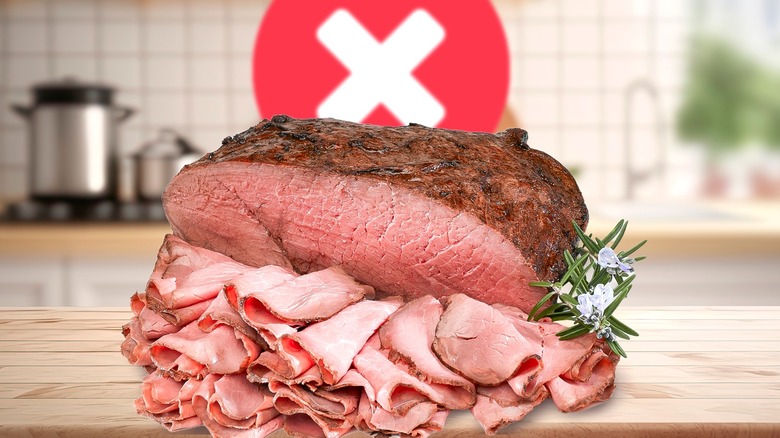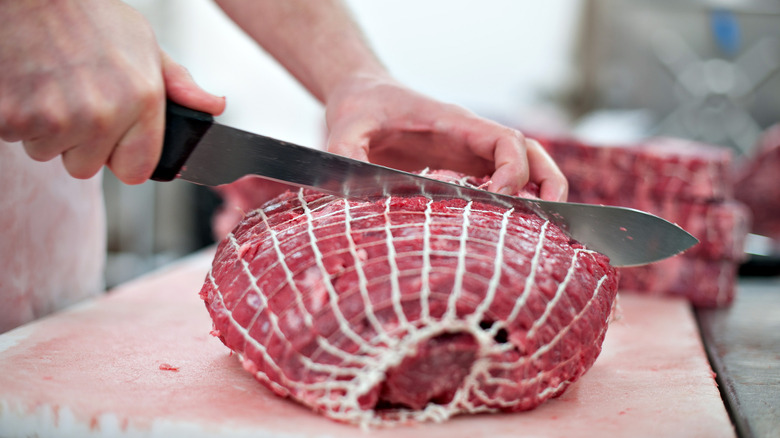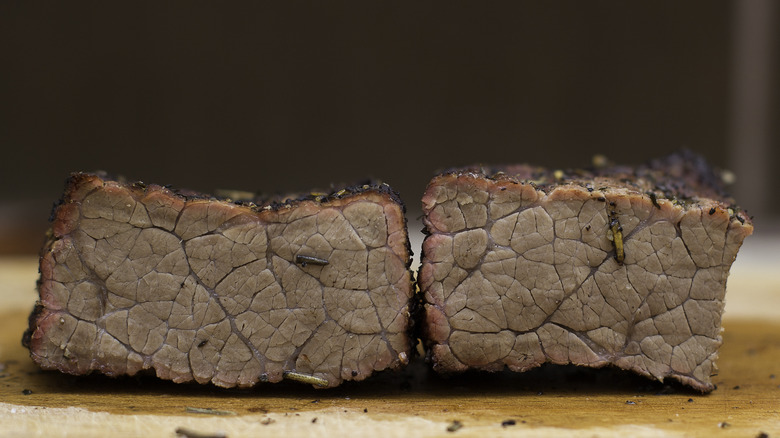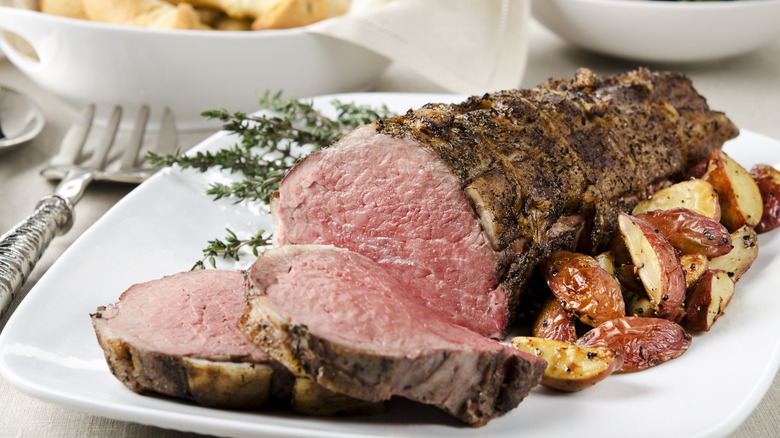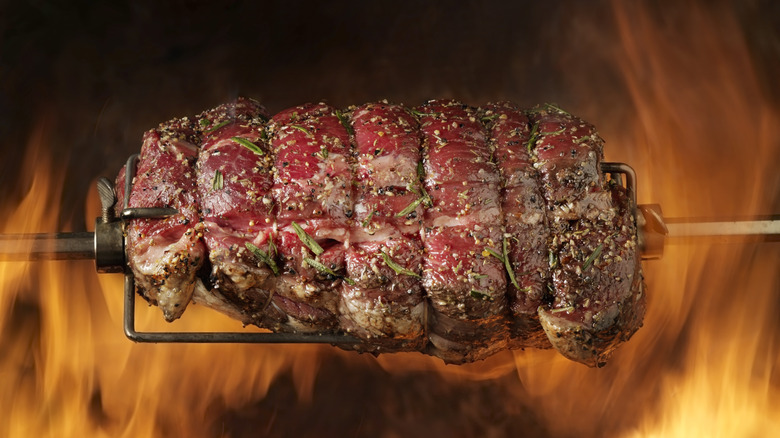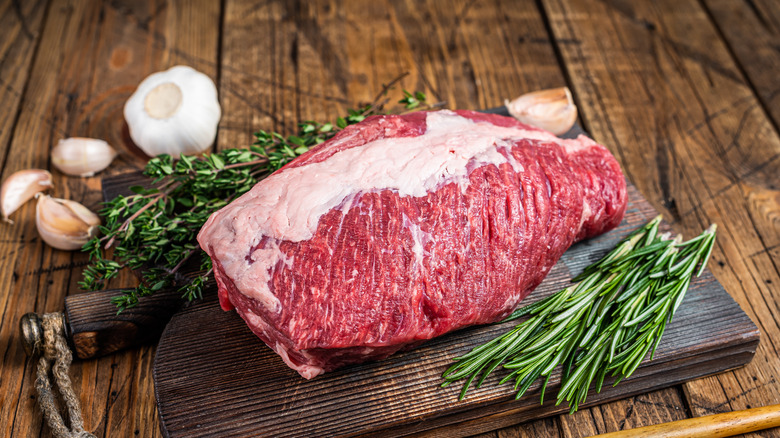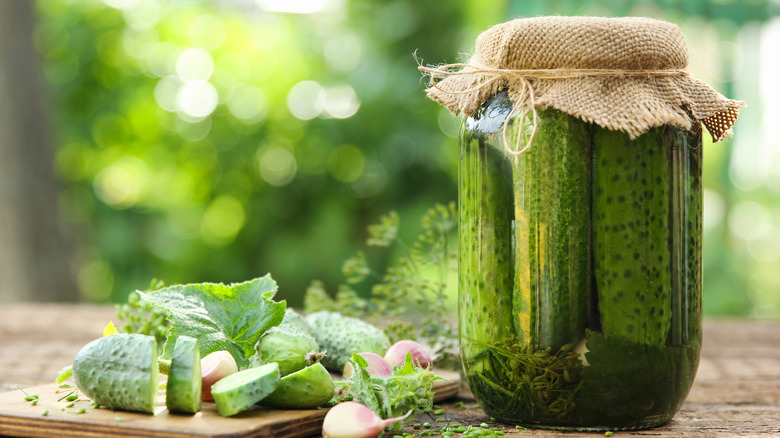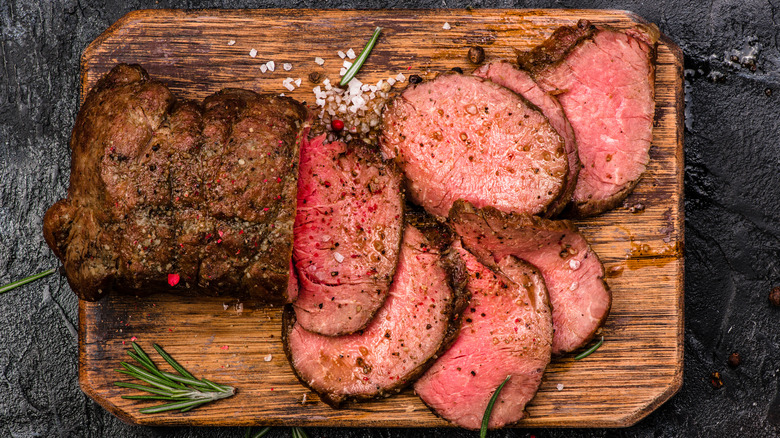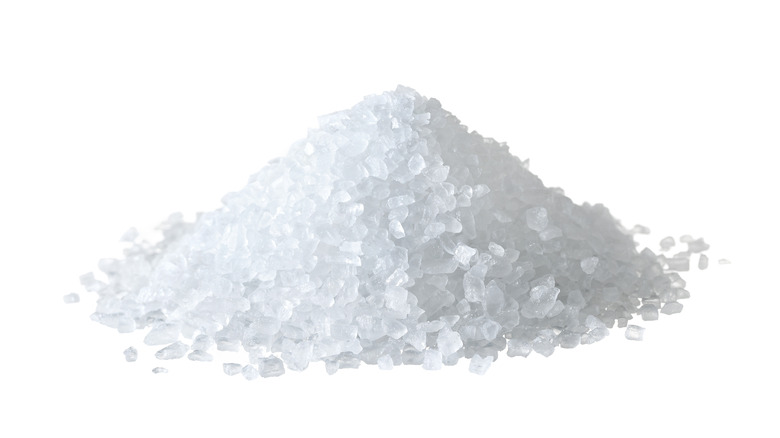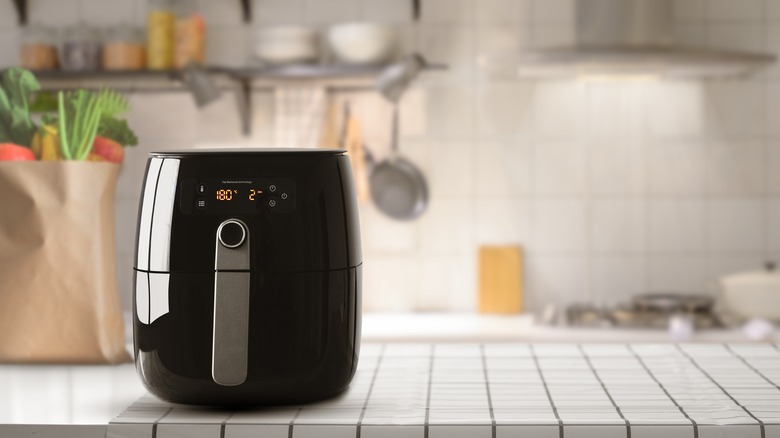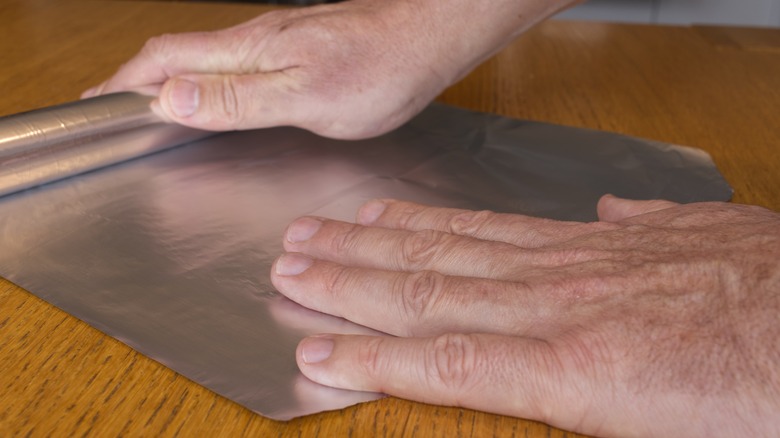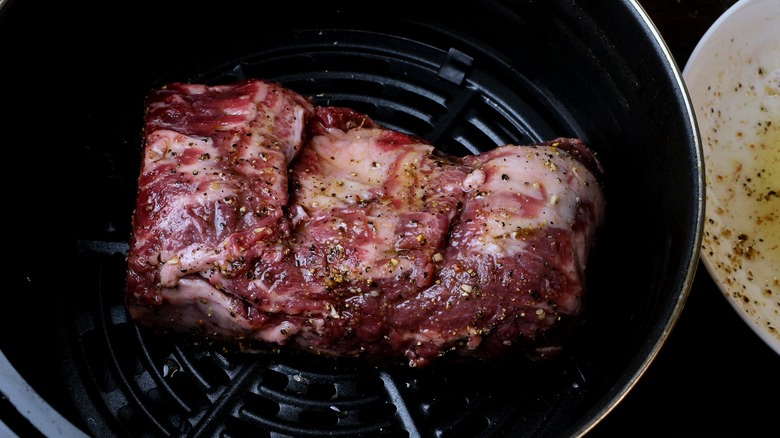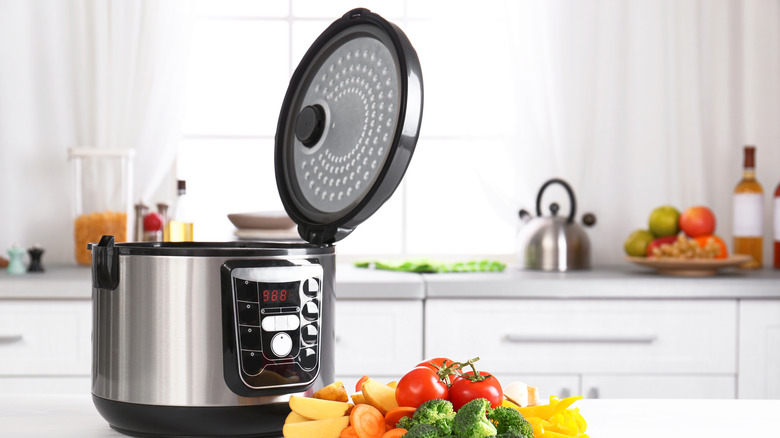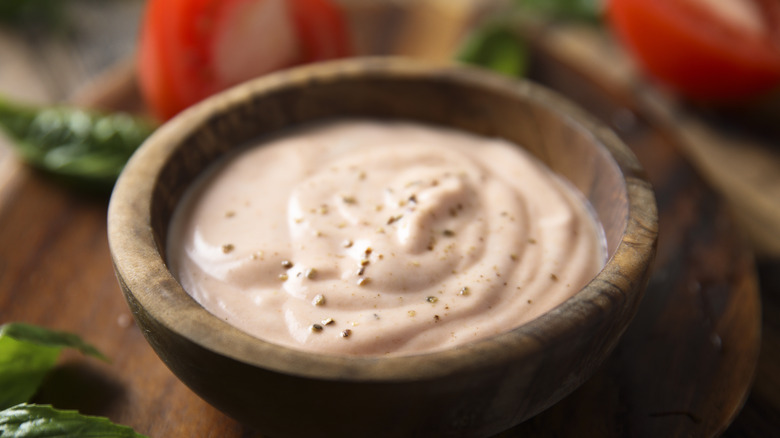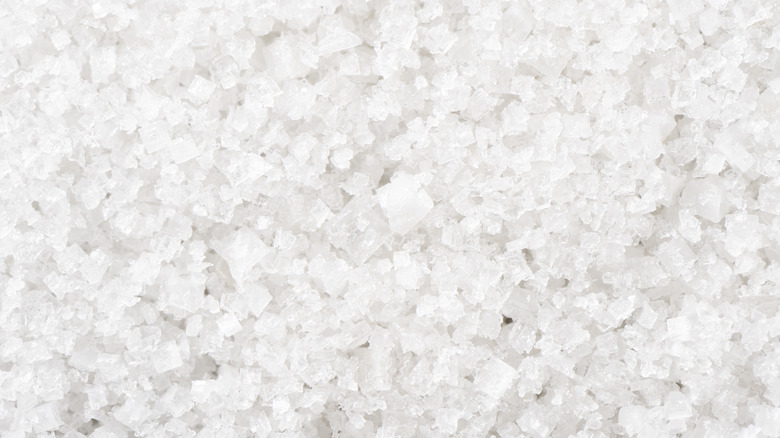14 Mistakes Everyone Makes With Roast Beef
Roast beef, a quintessential centerpiece of hearty meals, evokes images of savory satisfaction and culinary prowess. From its tender, succulent texture to its rich, beefy flavor, this classic dish has been a staple on dinner tables for generations, transcending trends and culinary fads. However, mastering the art of the perfect roast beef is no simple task. Many aspiring cooks fall victim to common mistakes that can compromise the dish's flavor, texture, and overall appeal. One prevalent error is neglecting to properly season the meat before cooking. Whether it's a simple rub of salt and pepper or a complex blend of herbs and spices, seasoning is essential for enhancing the beef's natural flavors and creating a delicious crust.
Another misstep is overcooking the roast, resulting in dry, tough meat that lacks the desired juiciness. Achieving the ideal level of doneness requires careful monitoring of cooking times and temperatures, as well as allowing the meat to rest properly after cooking to allow the juices to redistribute. Lastly, improper carving techniques can detract from the dining experience, leaving guests with uneven slices and jagged edges. A sharp carving knife and a steady hand are essential for achieving uniform slices that showcase the roast beef's tender perfection. So, let's take a look at these and other errors that you may fall prey to when preparing roast beef so that you can avoid them going forward.
1. Picking the wrong cut of roast beef
Roast beef may not be known as a delicate flower, but that doesn't mean you can make it with just any cut of beef. For best results, you need to pay attention to the quality and the cut of the meat. Depending on what you choose, you could end up with a tender roast or the kind of meat that melts in your mouth — both great results, but each requires its own set of cooking steps.
For instance, you should know that a bottom round rump comes out well when roasted on low heat for a long period. The meat is relatively lean, as it comes from the cow's rear leg, so there is no intramuscular fat to make it naturally tender. Meanwhile, a prime rib roast can taste just as good with a quick sear and 20 minutes per pound in the oven at a high temperature. Given all the marbling in this cut, it can handle a little extra heat. Just don't overdo it, as even the heartiest cuts can turn out dry if left in the oven too long.
2. Overcooking the interior
If you've splurged on an expensive cut of beef for your dinner party, the last thing you want to do is ruin it, and one of the most common ways to do that is to overcook the meat. Enter the reverse sear method for roast beef, which is practically fool-proof, even for amateur chefs. You'll just need to take it slow and steady and be prepared well in advance of your dinner party.
The process is multifold: Start by roasting the meat in the oven at a low temperature for about two hours. When your meat thermometer reads at around 115 F for the internal temperature, shift into overdrive and crank up the heat to 500 F. This will heat the outside of the roast very quickly, leading to a nice outer crust. This step should be relatively short and done not long before you're ready to eat — you only need to increase the internal temperature to about 120 F for a medium-rare serving. Let the beef rest for a spell before cutting into it, or the juices might run away and leave your meat dry despite all your best efforts.
3. Failing to cover the roast beef up at the right time
One of the top aims of anyone making roast beef is to end up with the juiciest bite of meat possible. This can be accomplished in several ways, but one trick involves covering the roast beef at the opportune time and not a second too soon. That's because the covering traps moisture in the roasting pan, preventing the outer layer of the roast beef from developing that coveted crust in the oven.
Rather, cover your meat after it has come out of the oven while letting it rest. The crusty exterior will already have developed, so it is in no danger of dissipating, while the juices will be encouraged to stay put rather than seep out. You should know that this rule should be slightly altered for larger roasts, which require much longer cooking times and are therefore at risk of drying out. For these babies, it's best to cover the beef with aluminum foil halfway through the cooking when the crust is firmly in place and before the juices run dry.
4. Skipping the rotisserie method
If you're lucky enough to have a rotisserie attachment in your oven, you should be using it every chance you get, and if you're not, you're missing out. To put your appliance to the test, try this rotisserie cooking method that will take your roast beef to the next level. The rotation alone will ensure the beef cooks evenly, but if you can also manage to get a real rotisserie set up outside your home, you can also get the flavor of an open fire, which adds a lovely smoky touch to the meat.
Just be sure to choose a beef cut that can easily be skewered. You don't want to spend most of your time and effort trying to get the meat on your contraption only to have it fall apart. Also, be wary of placing the meat too close to the fire if you're using an outdoor rotisserie. While a little heat can help develop the crunchy outer crust, too much will downright burn it. As for the rest, you can cover your roast in whatever you normally use, including plenty of seasoning, herbs, garlic, and your favorite spice rub.
5. Putting roast beef in the oven straight from the fridge
If your cut of beef has been sitting in the fridge for a while, chances are that it is chilled inside and out, which is the whole point of keeping it cold. But once you start cooking, that status becomes a liability because the outside of the cut will warm up a lot faster than the inside, which is sealed off from the exterior temperature. So, if you're making the roast beef mistake of taking it out of the fridge and placing it directly in the oven, you risk causing the outside to overcook before the inside has caught up with the program.
There is a simple remedy for this common error, and that is to take the meat out of the fridge and allow it to reach room temperature before it goes into the oven. The length of time this takes will depend largely on the size of the cut, but if you're dealing with a good chunk of meat, one to two hours should suffice. This step requires some preparation and forethought, as you can just cook up a roast beef on a whim, but an evenly cooked roast is well worth the extra time and effort.
6. Skipping the dill pickles
If you're not a fan of dill pickles, you can go ahead and skip them, but if you do like them, then you'll wonder why you've been eating roast beef without them all your life. Indeed, dill pickles are known for having a lovely tang, which, incidentally, provides the perfect seasoning for the richness of traditional roast beef. Meanwhile, the acid from the juices can help tenderize the meat by going to town on the collagen fibers, which is always a good thing.
In addition, dill pickles aren't made in a vacuum. They're typically flavored with salt, garlic, and, of course, dill and vinegar, all of which contribute flavor to the beef. They come in handy, especially when you're dealing with a less expensive cut of beef, which might need some extra help in the flavor and tenderizing departments. To put the plan into action, just grab a cut of beef and the unconventional ingredient of a jar of pickles and slip both into a slow cooker. The rest will take care of itself.
7. Drying roast beef out during the reheating process
If you've cooked up a huge roast beef for a dinner party, chances are you'll end up with some leftovers. But hey, it's better to have too much rather than too little, especially since you can simply reheat the roast beef the next day and enjoy it all over again for lunch or dinner. However, reheating it can sometimes be a more complicated process than the initial cooking, as this is the stage where the meat is more prone than ever to drying out.
The trick is to reheat your roast without actually cooking it again. This may sound like a paradox, but it's actually possible. Just slice the roast beef before you heat it, so the meat will heat up more quickly, and you're not accidentally heating more than you need, leading to more leftovers that need reheating again later. Then, simply zap it in the microwave or on a skillet on each side. Both techniques should only require a few minutes. Alternatively, you can use the sous-vide method and place those slices in a vacuum-sealed bag and simmer that in water. Lastly, if you want to reheat a full chunk of roast without slicing it, you can preheat your oven, turn it off, and then let your covered roast warm up in the residual heat.
8. Not adding seasoning
Roast beef makes for a delicious, satisfying meal, but it can't develop the perfect flavor on its own. It needs help from seasonings, especially salt, and lots of it. For one, Kosher salt is an essential and delicious seasoning for roast beef, as the big flakes of salt add flavor but also break down fat and muscle tissue in the meat, tenderizing it and making it juicier.
Other seasonings may not be necessary to the performance of the beef, but they add a lot in terms of flavor and texture. Cumin, for example, is commonly used in beef rubs, and for good reason. Its strong, nutty taste pairs well with rich, meaty dishes without weighing them down. On the other end of the flavor spectrum is brown sugar, which can help create that beautiful crunchy crust on the outside of the roast while contributing a deep, caramelized flavor that helps bring out the buttery taste of the meat. Be sure to choose unrefined sugar with large chunks, as these will melt more evenly into the meat.
9. Using the wrong air fryer temperature for roast beef
If you have an air fryer at home, you probably use it for everything. And if you don't, you should probably start, especially to cook roast beef in the air fryer. That said, you may need to make a few adjustments to your usual oven method. In particular, be sure to get the temperature right, or you'll be dealing with an unsavory dry hunk of beef by the end of it.
First, remember that an air fryer can get hotter than an oven due to the circulating hot air, so you may want to start on a lower temperature setting. Generally speaking, that temperature should be about 25 F lower than what you would use for a conventional oven. The best news, though, is that you can also lower your cooking time by about 20%, which means you get to eat sooner. Now that's cleared up, just take your favorite roast beef recipe, make the above adjustments, and get cooking.
10. Forgoing the aluminum foil
Aluminum foil is a handy tool for cooking roast beef. You may need it to cover your beef after it comes out of the oven to help lock in those juices or keep the meat from overcooking in the oven when you're dealing with a very large cut. But aluminum foil can also help where the spices are concerned in that it can ensure they stick to the meat instead of dispersing onto your baking tray.
The first thing that foil does is create a barrier the spices cannot cross. When you place the meat on top of a sheet of aluminum foil and add your rub, some will fall off onto the foil, but then it will go no further. This means you can pick it up again and push it into the meat, or better yet, roll your beef cut back and forth across the spice-strewn foil until every bit of seasoning has been soaked up. Once the rub is in place, you'll get that beautiful crunchy crust that roast beef is known for.
11. Forgetting to flip the roast beef halfway through cooking
An air fryer can save you a lot of time and heartache when making roast beef. But that doesn't mean the method is foolproof. In fact, one step you need to remember when making roast beef in the air fryer that you don't necessarily do with an oven is to flip the meat halfway through the cooking process. This ensures the beef cooks evenly on both sides, both in terms of the inner temperature and the outer crust.
Once you have this technique down, you're in for a whole new world of roast beef experiences. The circulating hot air in the fryer heats the meat quickly and thoroughly while allowing it to retain its moisture and remain juicy on the inside yet crispy on the outside. Not many ovens can pull that off so easily. Just don't forget to preheat the air fryer before you get started. The device does share that aspect of the process with the common oven. Luckily, it only takes about five minutes instead of 15.
12. Snubbing the Instant Pot
The Instant Pot has made meals that take a long time to cook more accessible, even for weeknight meals. This is also true of roast beef, including rump roast, which can be quickly cooked in an electric pressure cooker in less time than in an oven but with equally delicious results. The trick of the Instant Pot is that it can cook quickly without using extremely high temperatures, which will allow the rump roast to cook without drying out.
If you don't have an Instant Pot, you can still make a delicious roast, but it will take longer. While a 4-pound rump can be cooked in an electric pressure cooker in about an hour, it will take roughly two or three hours in the oven at lower temperatures. There is another option for cooking at a low temperature: If you're looking to use only one pot for your entire dinner project, it's best to select a Crock-Pot. The vessel lets you sear the meat directly in the cooking bowl and cook on low for a couple of hours afterward.
13. Choosing the wrong sauce for roast beef
Roast beef is so good it hardly needs a sauce, particularly if you've outfitted it with a nice rub. But if you do want some sauce with your meat — and there's nothing wrong with that either — then it's important to choose it wisely. Something with too weak a flavor won't be able to stand up to the heft of a good roast beef cut. As such, we recommend going for something that pops: The sauce should have plenty of acidity and creaminess.
One great example of this is our recipe for tenderloin beef roast with chive and lemon cream sauce. The condiment contains ingredients that are hard to ignore, like sour cream or crème fraîche, lemon zest, and Worcestershire sauce. The recipe also suggests shaving fresh horseradish over the lot, which will definitely make your tastebuds do a double take. Indeed, these ingredients are ideal for cutting through the richness of the meat, providing moments of lightness in what can otherwise be a heavy meal.
14. Avoiding sea salt
When cooking at home, many people reach for the regular table salt to season their dishes. While this can be a fairly innocuous move with most recipes, that is not the case when cooking large cuts of meat like roast beef. That's because the small salt crystals can scatter undetected, clumping in some places and leaving other areas unattended. Counterintuitively, larger salt crystals dissolve more predictably, giving your steak more even salt coverage. It also helps develop the crispy crust of the roast, mainly when paired with other crunchy bits like freshly ground pepper.
Therefore, it is important to put aside the table salt and reach for the sea salt, Kosher salt, or a large crystal salt. This is also a good choice if you're trying to consume less sodium, as salt with larger crystals contains less sodium by volume than table salt precisely because they are larger, and you will need to use smaller amounts of salt to achieve your seasoning goals.
Static Media owns and operates Tasting Table and Food Republic.
